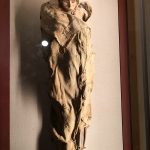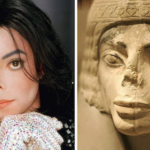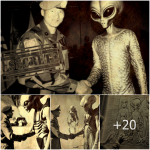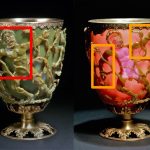Aswad Plastered Skulls: Revealing Neolithic Identities

In the annals of archaeology, few discoveries capture the imagination and intrigue quite like the plastered skulls unearthed from the Middle/Late Pre-Pottery Neolithic B site of Aswad in Syria. These artifacts stand as enigmatic symbols, offering profound insights into ancient rituals, beliefs, and the formation of individual and collective identities during the Neolithic period. This essay delves into the significance of these plastered skulls, exploring their cultural context, symbolic meanings, and the implications they hold for understanding early human societies.
The plastered skulls discovered at Aswad represent a remarkable archaeological find dating back approximately 9,000 to 7,000 years ago. These skulls, meticulously covered with plaster and adorned with features such as shells or paint, challenge our understanding of burial practices and the rituals surrounding death in Neolithic communities. Unlike conventional burials, where bodies were often interred intact or cremated, the treatment of skulls at Aswad suggests a distinctive cultural practice linked to ancestral veneration, spiritual beliefs, or even social status.
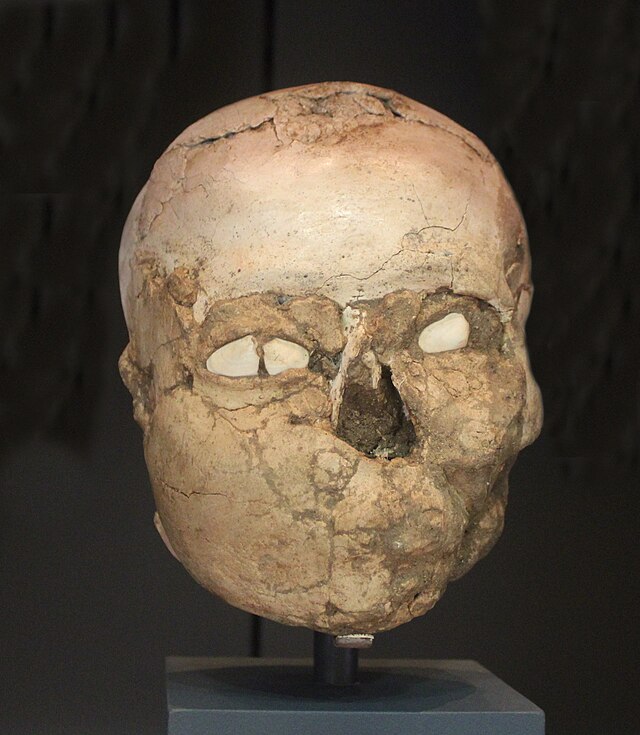
One prevailing theory posits that the plastered skulls served as tangible expressions of individual and communal identities within Neolithic societies. By preserving and decorating these skulls, ancient people may have sought to honor their ancestors or revered members of their community, thus perpetuating a sense of continuity and lineage across generations. The intricate process of plastering and decorating each skull also implies a significant investment of time and resources, underscoring the importance of these rituals in the social fabric of Neolithic societies.
Moreover, the discovery of multiple plastered skulls at Aswad hints at the existence of a structured funerary practice or ritualistic tradition within the community. The deliberate modification of skulls through plastering and adornment may have served not only as a means of honoring the deceased but also as a form of identity construction for the living. In this sense, the plastered skulls of Aswad offer a window into the complex interplay between individual identities and collective memory during the Neolithic period.
The symbolic significance of the plastered skulls extends beyond mere mortuary practices; it reflects broader cultural and social dynamics of early human societies. The act of transforming human remains into artifacts of spiritual or cultural significance underscores the evolving cognitive and symbolic capabilities of Neolithic communities. It suggests a profound awareness of mortality, ancestry, and the role of ritual in shaping communal cohesion and identity formation.
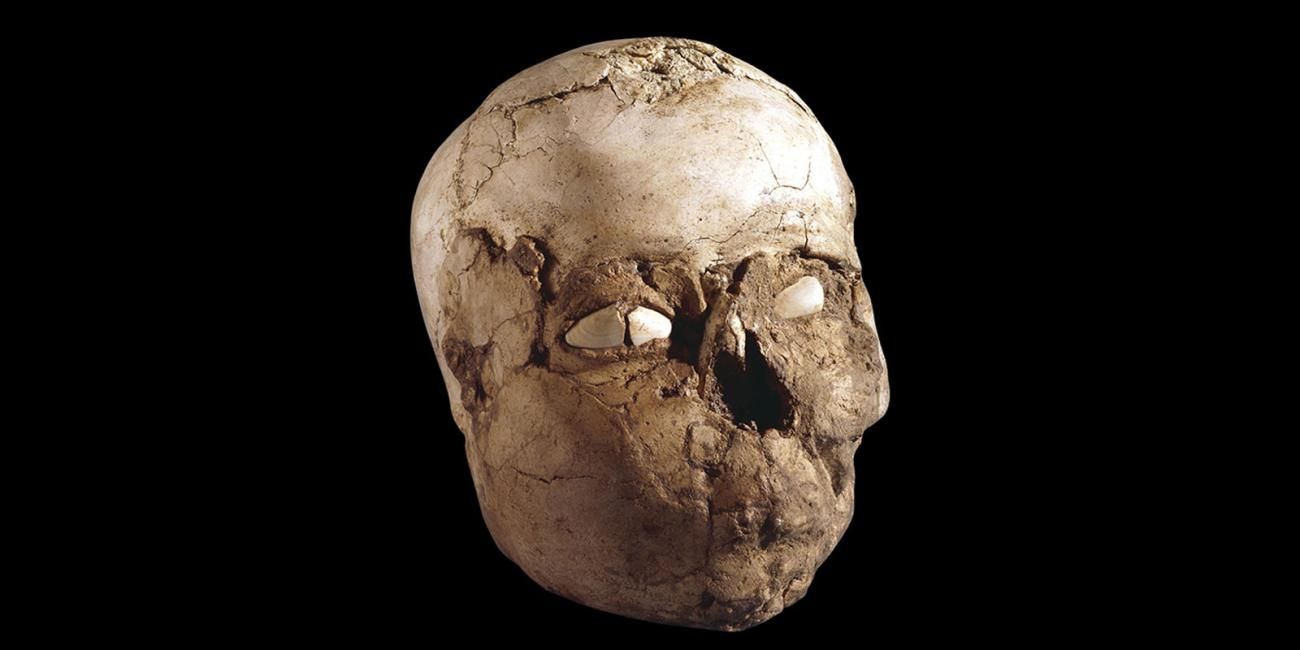
Furthermore, the study of plastered skulls from Aswad exemplifies the interdisciplinary nature of archaeology, combining insights from anthropology, art history, and cultural studies to reconstruct past societies. Through meticulous excavation and analysis, archaeologists can piece together narratives of daily life, belief systems, and social structures that define Neolithic communities. Each skull serves as a silent witness to the complexities of human existence and the enduring quest for meaning and connection across millennia.
In conclusion, the plastered skulls of Aswad represent more than archaeological curiosities; they are profound artifacts that illuminate the intricate tapestry of Neolithic life and belief systems. Through their study, we gain insights into the ways ancient societies grappled with mortality, memory, and the construction of individual and collective identities. Aswad stands as a testament to the enduring legacy of human creativity, spirituality, and cultural diversity, reminding us of the timeless quest to comprehend our shared past and present.

